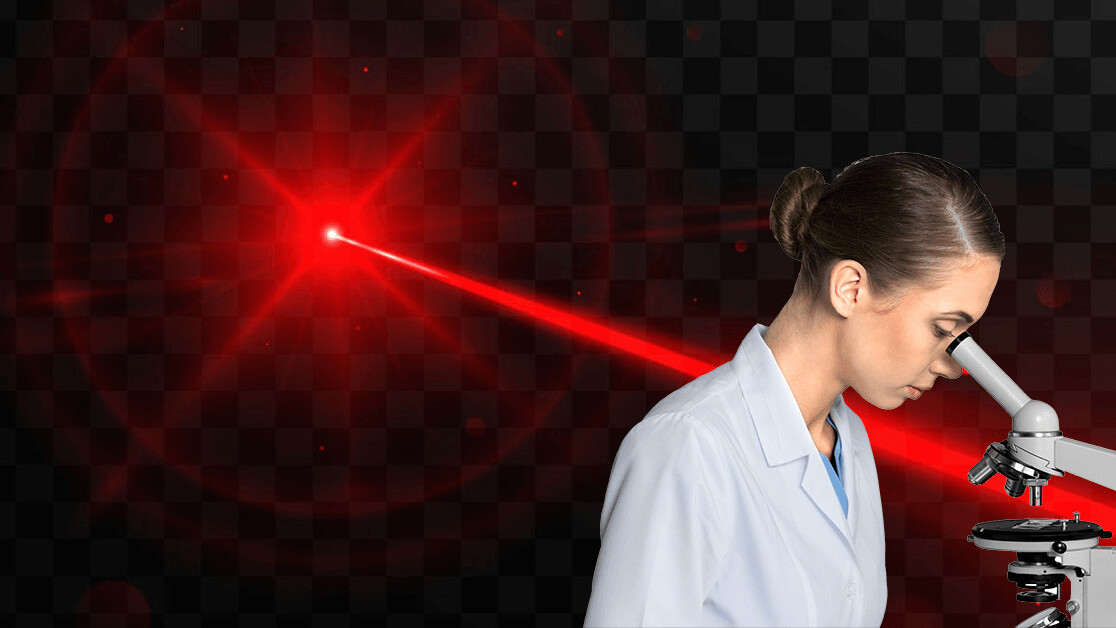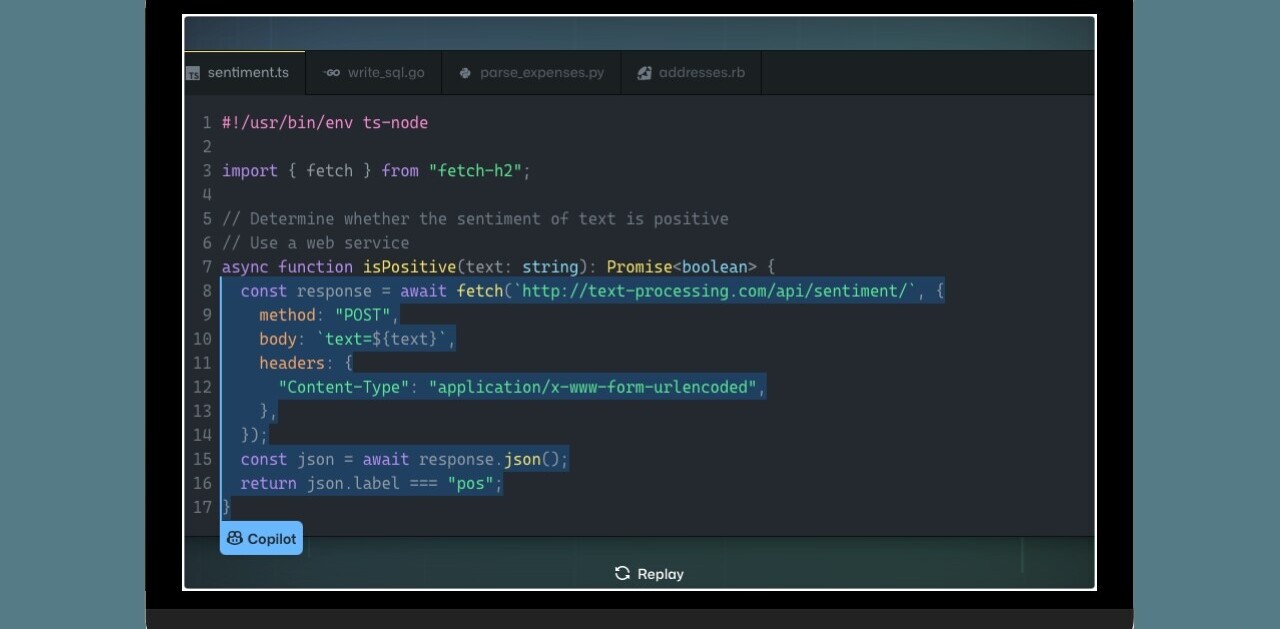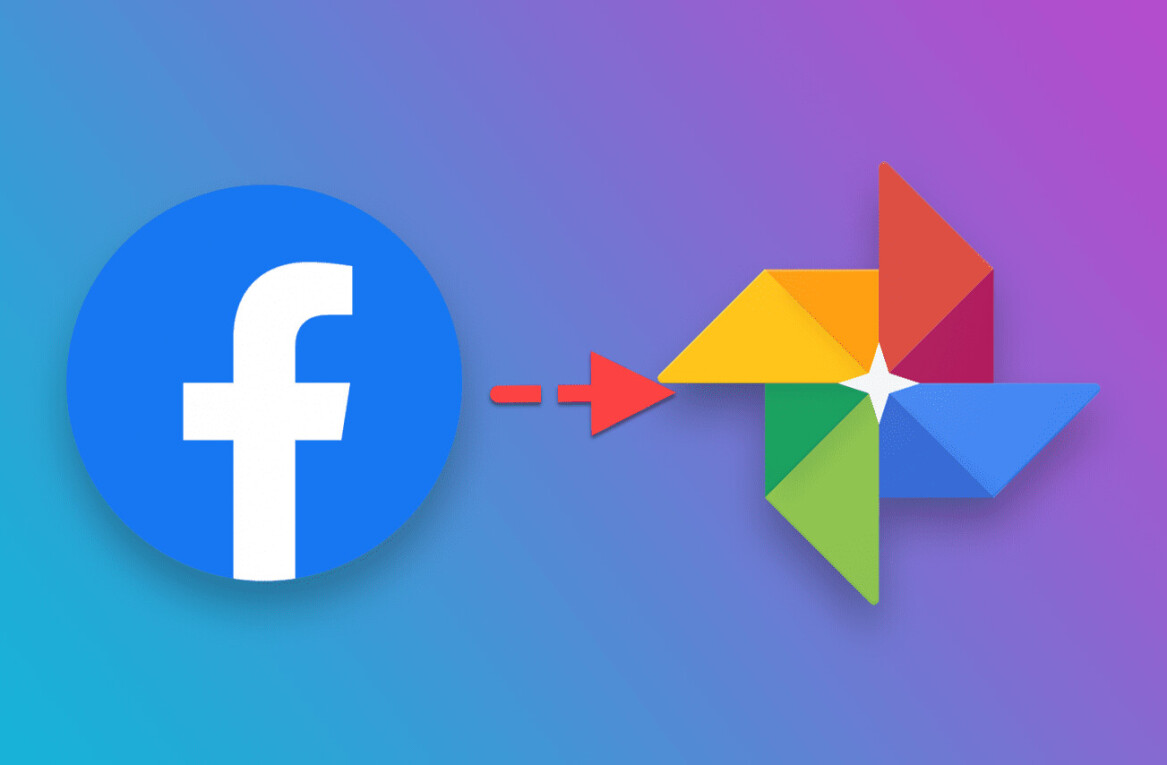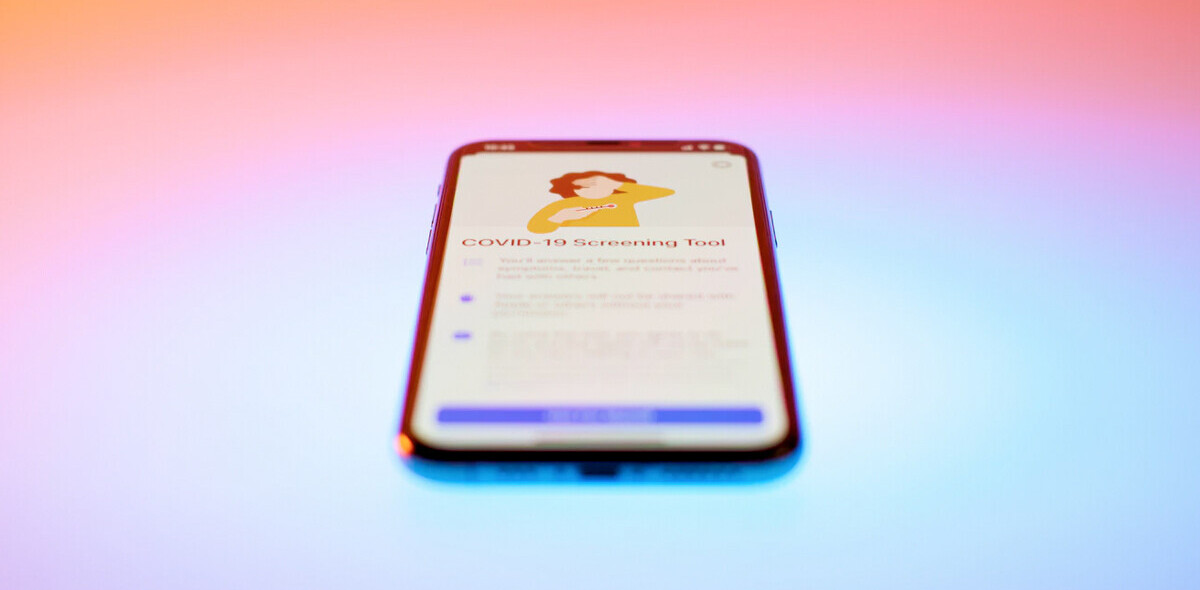
The 2018 Nobel Prize in Physics has been awarded to three pioneers of the laser technology that has made a big impact on the world. Gérard Mourou and Donna Strickland were recognized for their method of generating high-intensity, ultra-short optical pulses, which today is used in laser eye surgery.
The other recipient was Arthur Ashkin for his groundbreaking work on optical tweezers. This method of using light to capture and manipulate tiny objects has changed the way we’re able to study microscopic life.
But how can light be used to move matter? The energy carried by light is fundamental to life on our planet. But as well as energy, light beams also have a momentum, which is called radiation pressure. This means that if I shine a laser pointer at you, in addition to making you ever so slightly hotter, it will push you away with a very small force.
To use this force to lift something as big as, say, an apple would be almost impossible. The laser power required would run to many megawatts, probably enough to vaporize the apple before it got off the ground.
But when an object gets ten times smaller in each direction it also gets 1,000 times lighter. So moving from something the size of an apple to a single cell means that the laser power needed to lift it falls from megawatts to milliwatts, a similar power to that of a laser pointer.
As long ago as 1970, Ashkin (working at the world famous Bell Telephone Laboratories) began studying how you could use radiation pressure to accelerate and trap individual particles. Over the next 15 years he refined his ideas, brilliantly making the laser systems involved ever less complicated as time went on.

In 1986, working with Steven Chu (who later won his own Nobel Prize in Physics in 1997 for work on trapping atoms and ultimately became US secretary for energy) he published his seminal paper on what we now call optical tweezers.
In this paper, Ashkin showed that if the laser beam was focused very tightly using a microscope then, rather than pushing objects away with radiation pressure, it would counter-intuitively attract particles towards it. When the laser beam was then moved, the particles would follow it, held in the focus of the beam at all times.
Since then, optical tweezers have been used by many physicists and engineers, who have extended the technique so that it can trap many particles at once and even transform the tweezers into optical spanners that cause the objects to spin. This later area is one of my own research interests and I remember, as a young researcher, the thrill of Ashkin asking me for a copy of my talk at a conference.
Impact in biology
Perhaps the greatest impact of optical tweezers has been in biophysics. Optical tweezers can be used to sort healthy cells from infected ones, or identify those that might be cancerous. It is also possible to use optical tweezers to measure both the minute movements of a trapped object (equivalent to a few atoms in diameter) and similarly tiny forces.
Turning optical tweezers from a manipulation tool into a measurement device has allowed biologists to study the workings of the individual molecular motors which are responsible for movement in the biological world. Such motors transport chemicals within molecules, allow cells to swim and, when acting collectively, allow whole creatures to move.
Ashkin showed us all just what can be done by having an idea and then seeing it through to completion. For years he worked in a minority field, pioneering and then refining his ideas inventing techniques that scientists now use as as essential tools of their trade – thank you Arthur.![]()
This article is republished from The Conversation by Miles Padgett, Kelvin Chair of Natural Philosophy (Physics and Astronomy), University of Glasgow under a Creative Commons license. Read the original article.
Get the TNW newsletter
Get the most important tech news in your inbox each week.





